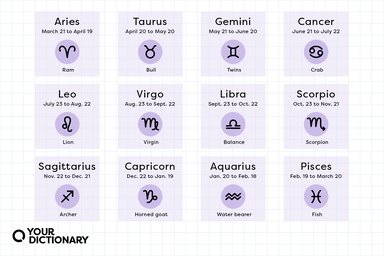It had complete control over the Euxine grain-trade; the absence of tides and the depth of its harbour rendered its quays accessible to vessels of large burden; while the tunny and other fisheries were so lucrative that the curved inlet near which it stood became known as the Golden Horn.
Two theatres, on the eastern slope of the Acropolis, faced the bright waters of the Marmora, and a stadium was found on the level tract on the other side of the hill, close to the Golden Horn.
Somewhat later, in 439, the walls along the Marmora and the Golden Horn were brought, by the prefect Cyrus, up to the extremities of the new landward walls, and thus invested the capital in complete armour.
The walls along the Marmora and the Golden Horn represent the great restoration of the seaward defences of the capital carried out by the emperor Theophilus in the 9th century; while the walls between Tekfour Serai and the Golden Horn were built long after the reign of Theodosius II., superseding the defences of that quarter of the city in his day, and relegating them, as traces of their course to the rear of the later works indicate, to the secondary office of protecting the palace of Blachernae.
The interior arrangements of the city were largely determined by the configuration of its site, which falls into three great divisions, - the level ground and slopes looking towards the Sea of Marmora, the range of hills forming the midland portion of the promontory, and the slopes and level ground facing the Golden Horn.





